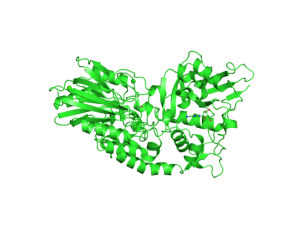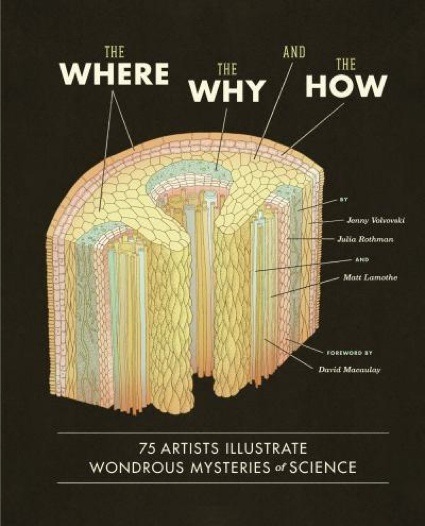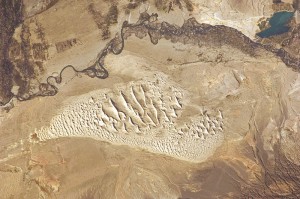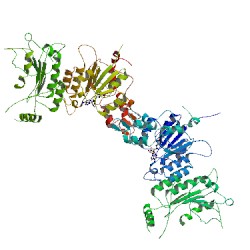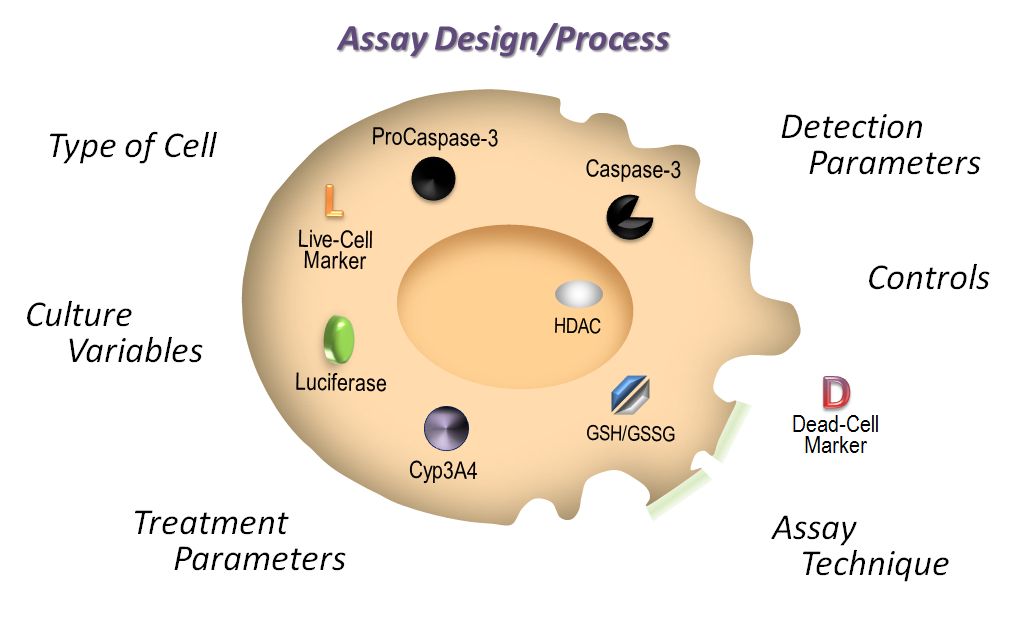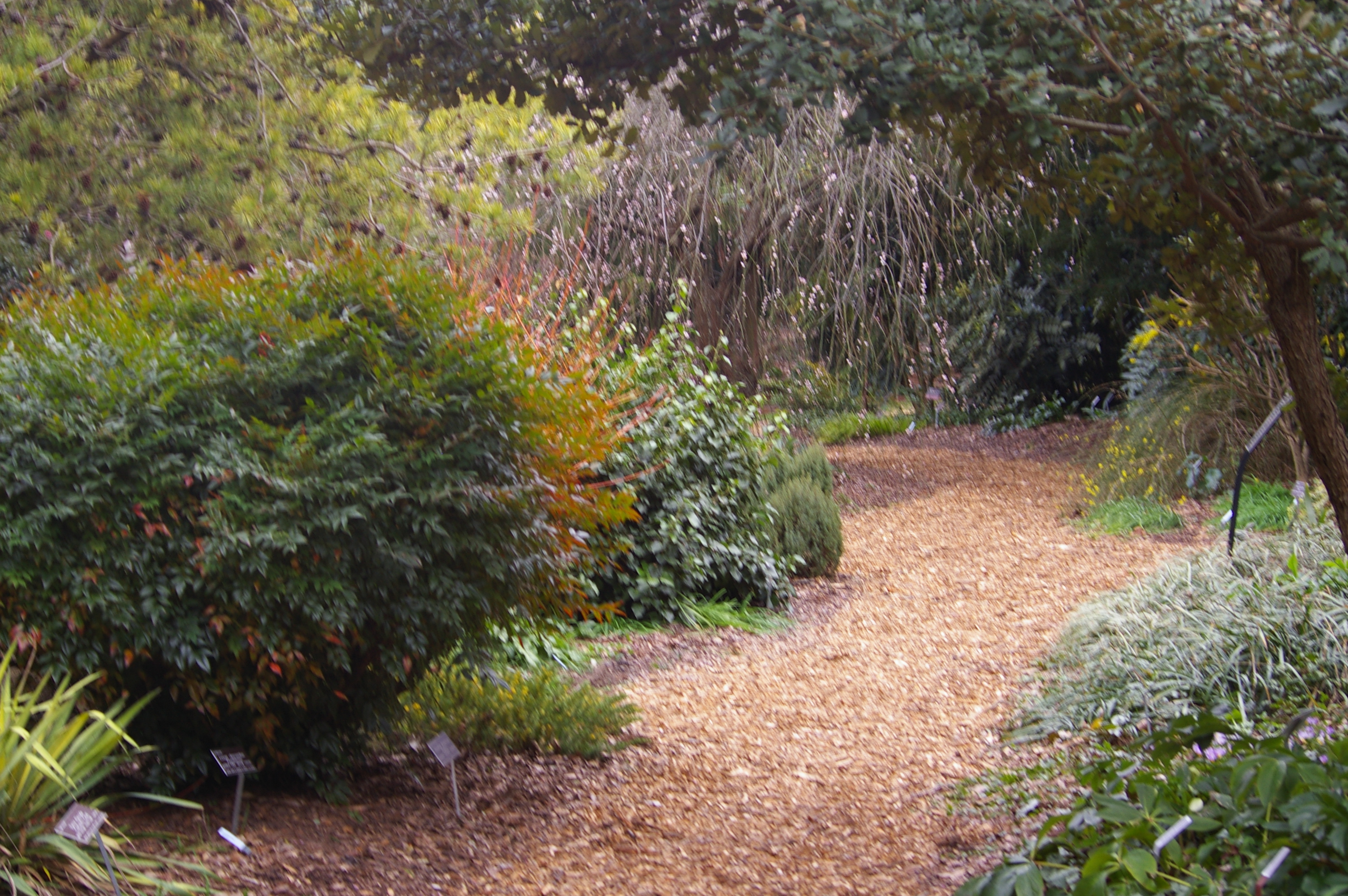 Notes and Neurons: In Search of the Common Chorus is a great discussion from World Science Fair 2009. Have you ever been driving along listening to the radio and suddenly a song plays and transports you to a different time or place? Have you ever wondered at the way music stirs your memories and emotion? Or have you ever stopped to think about how music, in its admittedly different forms, has been an integral part human of culture for as far back as we can study? Does music speak a particular primordial language that we all understand?
Notes and Neurons: In Search of the Common Chorus is a great discussion from World Science Fair 2009. Have you ever been driving along listening to the radio and suddenly a song plays and transports you to a different time or place? Have you ever wondered at the way music stirs your memories and emotion? Or have you ever stopped to think about how music, in its admittedly different forms, has been an integral part human of culture for as far back as we can study? Does music speak a particular primordial language that we all understand?
In this presentation Bobby McFerrin and three neuroscientists discuss the way the brain gets involved in music–the listening, physicality, participation and emotion. Essentially, music is a “whole nervous system activity”, involving many parts of the central nervous system that function nearly simultaneously. At one point in the talk pitch, tambre and rhythm defined and demonstrated. The researchers point out that certain intervals in music such as the minor third are prevalent in speech associated with negative emotions, but that no positive emotions are associated universally with a particular pitch.
The link to the full length presentation is here:Notes and Neurons.
But for fun today, get your whole brain involved and join Bobby McFerrin in this demonstration of the universality of the pentatonic scale.
[youtube http://www.youtube.com/watch?v=ne6tB2KiZuk&w=560&h=315]
Like this:
Like Loading...
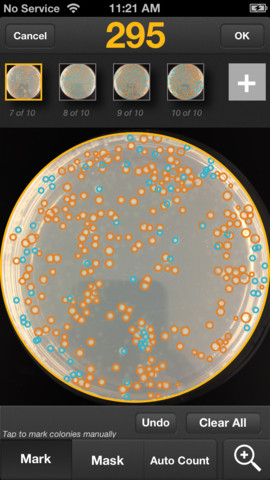 Do you count colonies on agar plates? Do you often need to average counts over a series of plates? The Promega Colony Counter app for iPhone® (3GS, 4S, and 5) and iPod® Touch (4th and 5th generation) allows you to take a picture of your plate, obtain a good first-guess count and refine it quickly by marking additional colonies and masking areas where the app may have over-counted.
Do you count colonies on agar plates? Do you often need to average counts over a series of plates? The Promega Colony Counter app for iPhone® (3GS, 4S, and 5) and iPod® Touch (4th and 5th generation) allows you to take a picture of your plate, obtain a good first-guess count and refine it quickly by marking additional colonies and masking areas where the app may have over-counted.